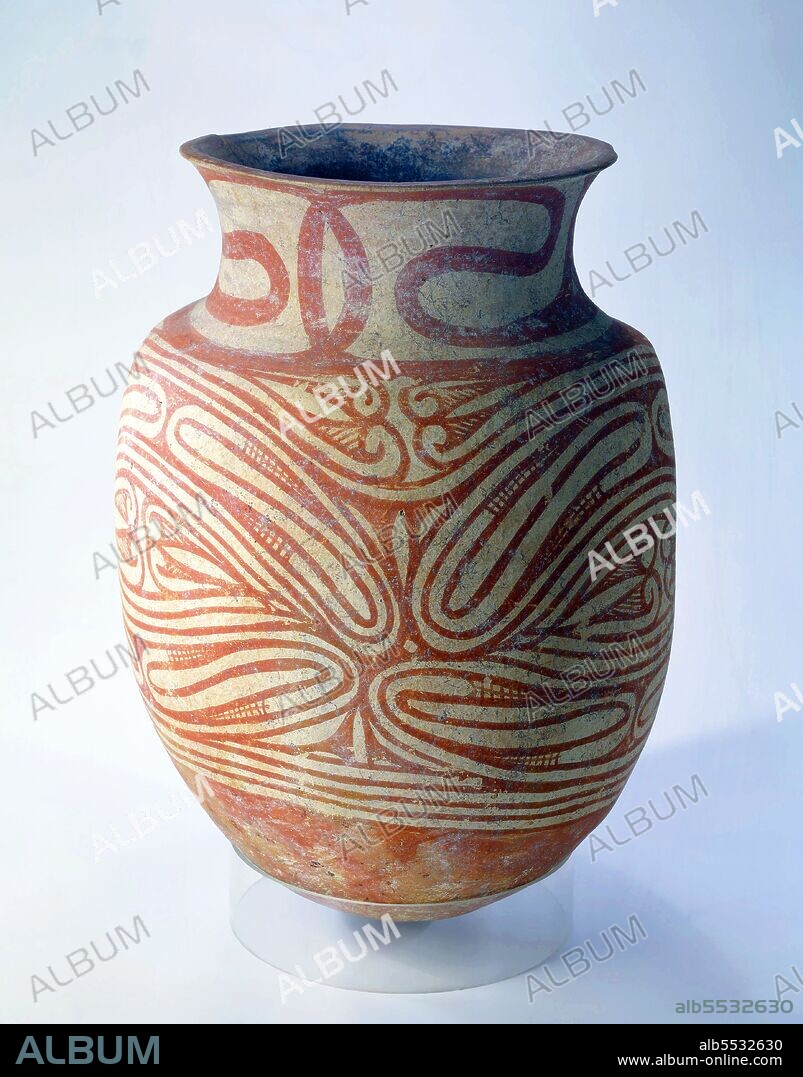alb5532630
Thailand: Ban Chiang pot from Nong Han District, Udon Thani Province, c. 3000-2000 BCE

|
Add to another lightbox |
|
Add to another lightbox |



Buy this image.
Select the use:

Title:
Thailand: Ban Chiang pot from Nong Han District, Udon Thani Province, c. 3000-2000 BCE
Caption:
Ban Chiang Archaeological Site is a prehistoric human habitation and burial site. It is considered by scholars to be the most important prehistoric settlement so far discovered in Southeast Asia, marking the beginning and showing the development of the wet-rice culture typical of the region. The site has been dated by scientific chronometric means which have established that the site was continuously occupied from 1495 BCE until c. 900 BCE making it the earliest scientifically-dated prehistoric farming and habitation site in Southeast Asia. Ban Chiang is considered the most important prehistoric settlement so far discovered in South-East Asia. It marks an important stage in human cultural, social and technological evolution. The site presents the earliest evidence of farming in the region and of the manufacture and use of metals. Ban Chiang was officially inscribed as a UNESCO World Heritage Site in 1992.
Credit:
Album / Pictures From History/Universal Images Group
Releases:
Model: No - Property: No
Rights questions?
Rights questions?
Image size:
3700 x 4720 px | 50.0 MB
Print size:
31.3 x 40.0 cm | 12.3 x 15.7 in (300 dpi)
Keywords:
ASIA IMAGE • ASIA IMAGES • ASIA PICTURES • ASIA • ASIAN IMAGE • ASIAN IMAGES • ASIAN PICTURES • ASIAN • BAN CHIANG • CERAMIC • CERAMICS • HISTORIA UNIVERSAL • HISTORIA • HISTORICAL IMAGES • HISTORICAL PICTURES • HISTORICAL • HISTORY IMAGES • HISTORY PICTURES • HISTORY • ISAAN • ISAN • KERAMEIKOS • LAO • LAOS • POT • POTTERIES • POTTERY • SIAM • SIAMESE • STONEWARE • TERRA COTTA • TERRACOTA • TERRACOTTA • THAI • THAILAND • UNESCO WORLD HERITAGE SITE
 Pinterest
Pinterest Twitter
Twitter Facebook
Facebook Copy link
Copy link Email
Email
